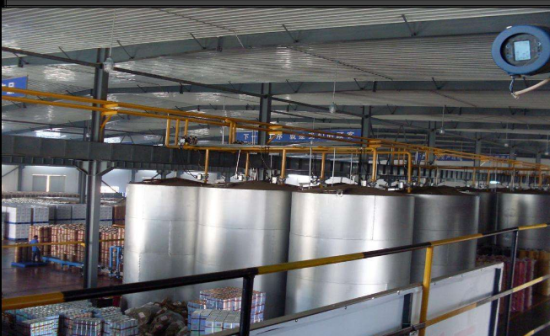M&A activity in the lubricants industry will increase
2020-06-01 10:24:16

Industry insiders recently said that the impact of the new crown pneumonia epidemic on the global lubricant market demand is almost the same as that of the 2008 global financial crisis. However, it is too early to predict the final impact, as it depends on how long the outbreak will be contained and the economic recovery will last.
Ernie Henderson, president of K&E Petroleum Consulting, said: "As a result of the epidemic, factories have either shut down or limited production, and demand for lubricants has been significantly reduced. The impact of the new crown pneumonia epidemic on demand is still changing, and the severity of the problem will depend on when the world will return to normal."
Ernie Henderson estimates that U.S. lubricant demand could fall by 20 percent this year. In 2009, the U.S. lubricants market shrank by about 10%. Total demand fell by about 15% in 2008 and 2009. In March, market research firm Freedonia predicted that U.S. lubricant demand would shrink by the same amount as in 2009. A report released recently by IHSMarkit predicts that global lubricant consumption (excluding marine lubricants) will drop by 9.5% this year, while consumption in the global lubricant market in 2009 fell by 7.2%. Brazil's Cosan said sales of lubricants had fallen by about 50 percent in recent weeks, both in Brazil and in other countries where it operates its lubricants business.
Market analysts and industry insiders agree that the COVID-19 pandemic and measures to contain it are affecting lubricant demand. The first is that stay-at-home orders have significantly reduced personal travel, which has severely impacted sales of passenger car engine oil, which is the largest demand area in the lubricants market; Market demand for industrial lubricants; third is the drop in air travel to a fraction of normal levels, significantly reducing lubricant demand in the industry.
IHS expects global demand for non-marine industrial lubricants to fall by just 3% in 2020, while consumption of non-marine vehicle lubricants will drop by 14%. IHS said the decline in motor oil consumption will be greater than the decline in demand for motor fuel as economic pressures cause most car owners to delay oil changes. Declining demand for finished lubricants will also reduce consumption of base oils, including API Groups I, II and III.
Analysts say the area where demand is stable is heavy-duty diesel engine oils. Stephen Ames, general manager of SBA Consulting, pointed out that lubricant demand in key industry supply chains still operating during the pandemic has remained stable, especially as retailers such as Walmart and Costco have seen a surge in business, not to mention medical supply company. Supply and delivery from many online providers also maintained strong demand.
Industry insiders believe the impact of the outbreak will be negative, but the industry has experienced supply disruptions of this magnitude in the past, such as the 1987 crude oil price crash and the Asian financial crisis. The impact of the outbreak on the global lubricants market may start to wane in the next quarter, but the recovery will not be quick.
Freedonia said: “The worst drop in demand is expected in the second quarter of 2020, with some signs of market recovery in the third quarter. While it is possible that a return to previous levels is possible eventually, as economic damage will take time to repair, So the rebound will be slow."
Analysts believe the crisis could force some refineries to close, including some with base oil production units. Ernie Henderson said: "This will benefit the global base oil industry. The industry is still in a state of oversupply and M&A activity in the lubricants industry is expected to increase, with some inefficient business segments being replaced by larger and more efficient sectors. Higher plates gobble up."

